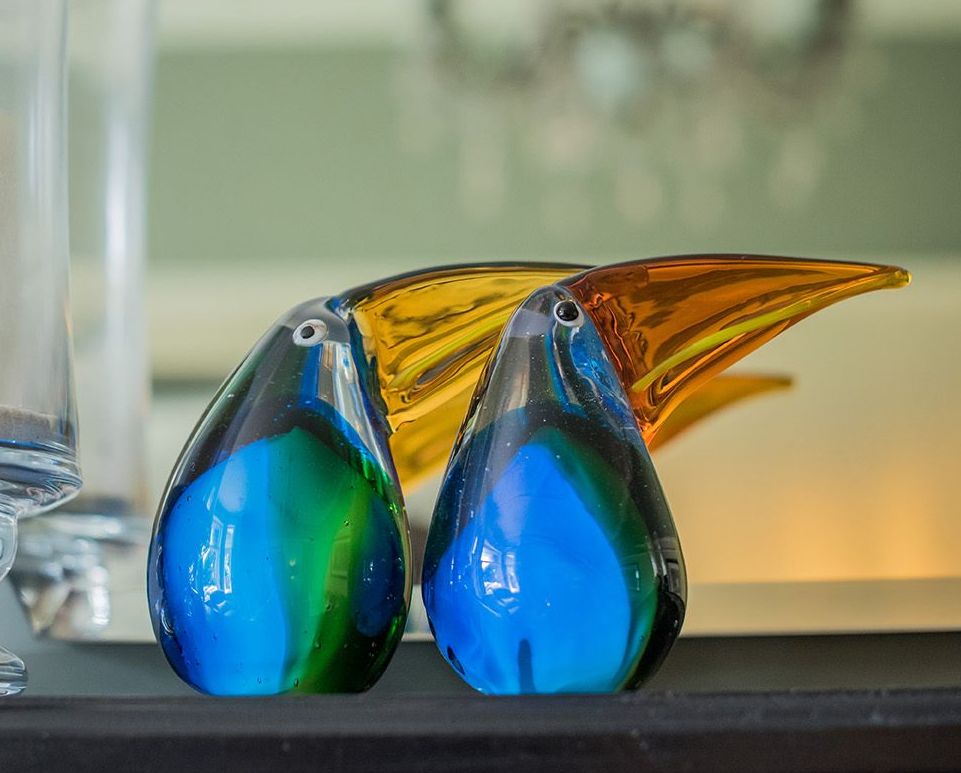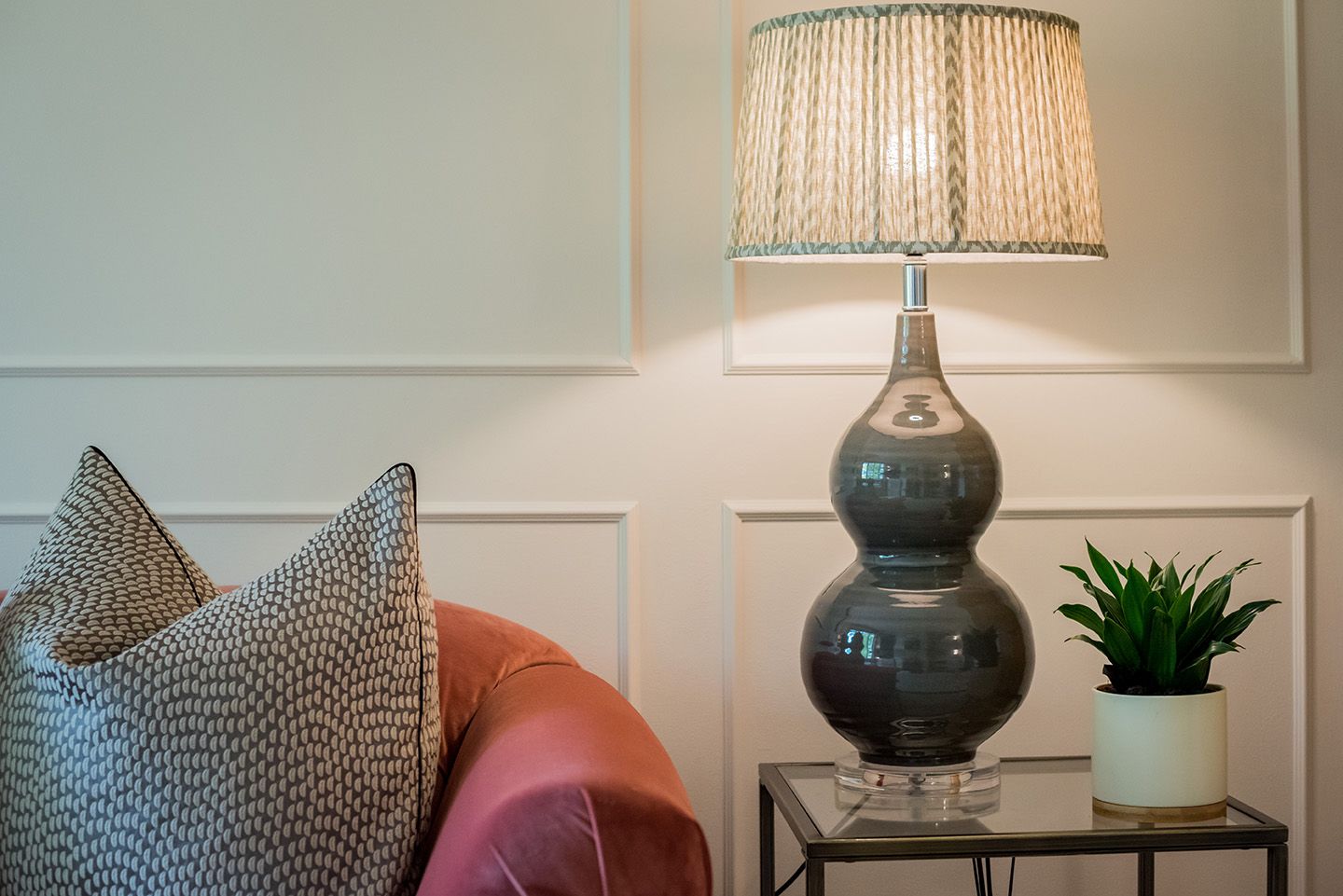Feeling Stressed? Discover how Nature Inspired Design can calm your mind
Nature Inspired Design Principles can improve your wellbeing. Learn how....
When I began my research for this blog post, I was shocked to read the statistics about the state of our mental health in 2025. 1 in 7 of us say our mental health is bad or the worst it has ever been. A massive 63% of us report feeling stressed at least weekly, with 1 in 5 of over 16’s saying they feel stressed every single day. These figures are alarming to say the least and honestly, really quite distressing!
Stress, at whatever age, can have a serious impact on our general health and wellbeing. When we experience stress, our cortisol and adrenaline levels rise. Our blood pressure increases and we encounter an elevated heart rate. If this quickly subsides and is only a short-lived experience, there is unlikely to be any long lasting damage. If, however, we experience stress every day, we are likely to have consistently raised cortisol levels. And what does this mean? High cortisol levels are a significant risk factor for so many health issues, including weight gain, high blood pressure, headaches, tension, depression, issues with focus and concentration, acne, insomnia, fatigue and muscle weakness.
What is most worrying is that if young people are living with daily stress and are not able to escape it, they risk spending their entire adult life in a state of elevated stress — resulting in some serious physical and mental health impacts.
These statistics show us that we could all use some practical coping strategies to help us reduce and manage stress in our daily lives. The NHS recommends a number of ways we can improve our mental wellbeing, such as learning new skills, exercise, mindfulness, practising kindness and connecting with people.
There is another way, scientifically proven, in which you can support your wellbeing — through Biophilia. By integrating nature into our indoor spaces (homes, workplaces, hospitals), we can positively impact our mood, our productivity and our physical health and wellbeing. When we have access to nature and the natural environment, we are healthier, more focussed and have reduced feelings of stress and anxiety! This is the Biophilic Design philosophy!
Empirical studies carried out over many years have shown positive associations between being outdoors in nature and stress reduction. On average, we spend around 90% of our time indoors, in urban environments that are typically over-stimulating. Exposure to nature and green spaces offers mental restoration and increases our positive emotions and mindfulness, which in turn reduces our anxiety and rumination. Both the Stress Recovery Theory and the Attention Restoration Theory have found strong evidence between exposure to natural environments and recovery from physiological stress and mental fatigue. What I’m saying is the science supports using nature in design to help us feel better.
So, as we begin to understand the benefits of bringing nature into our urban environments, our homes and workplaces, we can start to use biophilic design to help support our wellbeing as we manage our busy, daily lives.
As an interior designer practising Biophilic Design, I always take a holistic approach. Every project starts with consideration of three biophilia principles and the layering up of these design elements helps achieve the best results for my clients, their well-being and their spaces.
The first principle is Visual Connection. As an architecture student back in the 90’s, I was taught that buildings should seamlessly co-exist with the natural landscape in which they are situated. I spent a lot of time considering the position of buildings in relation to the geography, sunlight, wind, geology, ecology and views. Without a connection to their surrounding landscapes, buildings lack authenticity, relevance and grounding. I try to let nature inform each space. Look at the view from your window — how can you position the elements within the room to take maximum advantage of the view of your garden, or a beautiful tree or the sunset. Could you add a window seat, a balcony or even a window box full of flowers to provide that connection to nature through views.
The second principle is bringing the outdoors in. Probably the most important element in any design is light, specifically, natural light. Exposing spaces to as much daylight as possible, through windows, skylights and lightwells has a huge impact on our mood and productivity whilst in that space. I could write a whole blog post solely about the health benefits of natural light — myriad studies show the direct correlation between abundant daylight and positive emotional wellbeing in our indoor spaces. So open up those curtains and let the light shine in! The other obvious way to bring the outdoors in is with plants. Houseplants are having their heyday and rightly so. They are one of the easiest and most effective ways to bring some greenery into your home and workplace. More on filling your home with plants in a future blog.



